gumball513
TPF Noob!
- Joined
- Jan 28, 2009
- Messages
- 57
- Reaction score
- 0
- Location
- Harrison, OHio
- Can others edit my Photos
- Photos NOT OK to edit
So, im an aspiring and i was just wondering if you had any advice?
Heres my kit as of right now:
Nikon d60 with standard kit lense
55-200mm nikkor vr lense
Is there any vital piece for a photojournalist?
And is there a 5d equivalent from nikon?
Heres my kit as of right now:
Nikon d60 with standard kit lense
55-200mm nikkor vr lense
Is there any vital piece for a photojournalist?
And is there a 5d equivalent from nikon?



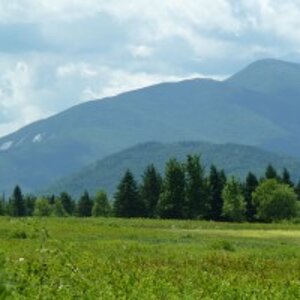
![[No title]](/data/xfmg/thumbnail/40/40287-4f839095000f74d779b90ed75df9dc62.jpg?1619739408)
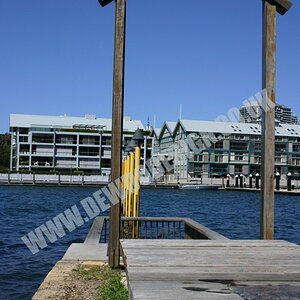
![[No title]](/data/xfmg/thumbnail/36/36652-145f66f617fee0f81baca6f8db8b4eb2.jpg?1619737673)
![[No title]](/data/xfmg/thumbnail/36/36654-55e621bd8f3203cdd106e3764c553c4d.jpg?1619737673)
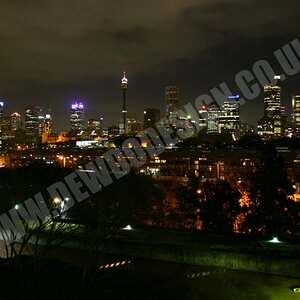
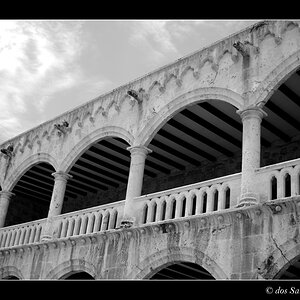
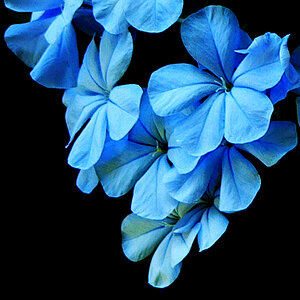
![[No title]](/data/xfmg/thumbnail/34/34556-60d61b1903f6554f7373cddfe5823280.jpg?1619736550)
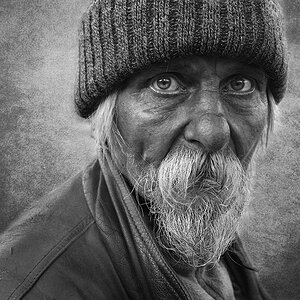
![[No title]](/data/xfmg/thumbnail/41/41798-aacfc8368463d919cba743fe318706b6.jpg?1619739897)